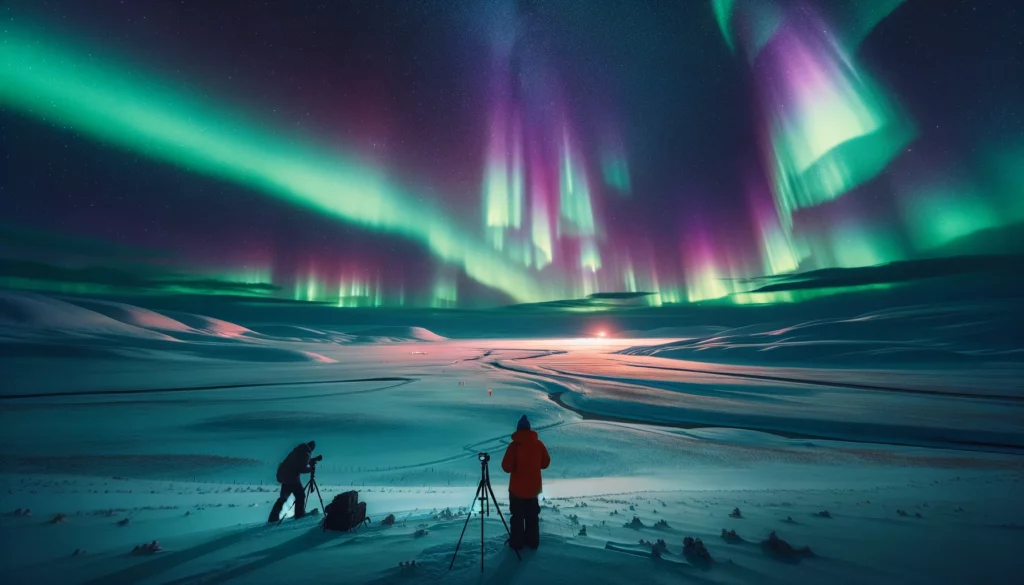- 126 Loop Road Powell TN 37849
- Call (865) 257-3049









The Northern Lights, or aurora borealis, offer a mesmerizing display of colorful lights dancing across the night sky—a phenomenon that has captivated people for centuries. With recent forecasts indicating moderate auroral activity, tonight presents a promising opportunity to witness this natural spectacle. Here’s a guide to help you maximize your chances of experiencing the aurora borealis.
The Northern Lights are caused by interactions between the Earth’s magnetic field and charged particles from the sun. These interactions energize particles in the Earth’s atmosphere, causing them to light up and create the beautiful greens, pinks, and violets that paint the polar skies. The intensity of these displays is linked to geomagnetic activity, which is forecasted to be particularly strong tonight, making conditions ideal for aurora viewing (SWPC NOAA) (SWPC NOAA).
The aurora is best viewed under dark, clear skies away from city lights, ideally between 6 PM and 6 AM, when geomagnetic activity is at its peak. Northern regions are traditionally the best viewing spots, but depending on the intensity of the storm, it might be visible farther south. Use an aurora forecast tool like the NOAA Aurora Dashboard to find out the current geomagnetic activity and the aurora’s visibility in your area.

The intensity and movement of the aurora can vary dramatically. Sometimes, you might only see a faint glow on the horizon, while other times the sky could explode with color. Patience is key, as the aurora can be unpredictable and may take time to appear.
Consider downloading apps or signing up for alerts that notify you about increased auroral activity. Websites like Aurora Forecast offer real-time updates and predictions that can enhance your chances of catching the Northern Lights at their best.
Tonight’s forecast suggests an impressive show, so why not take this chance to experience one of nature’s most spectacular displays? Whether it’s your first time or you’re a seasoned aurora hunter, the Northern Lights never fail to impress.
Happy aurora watching!